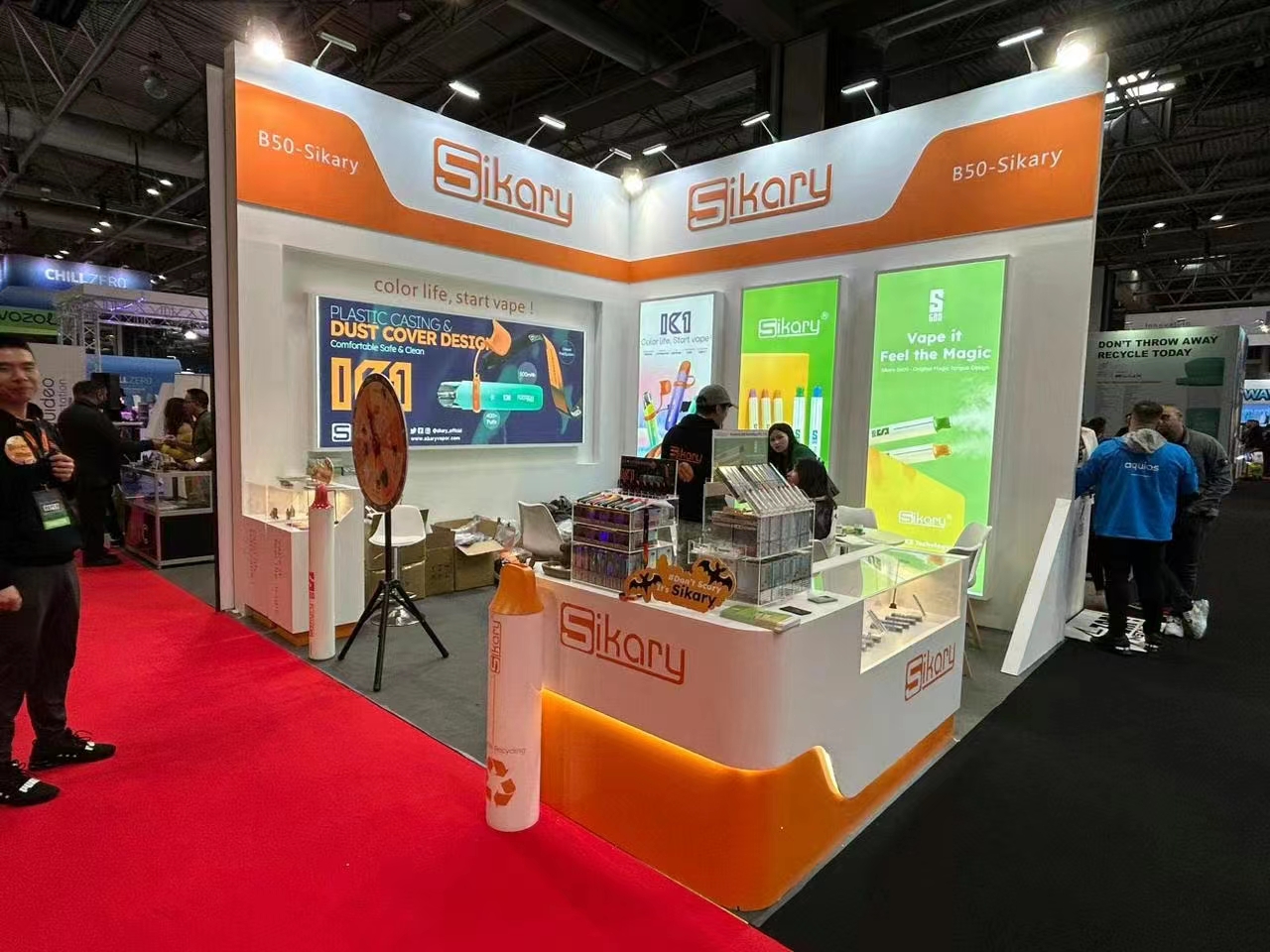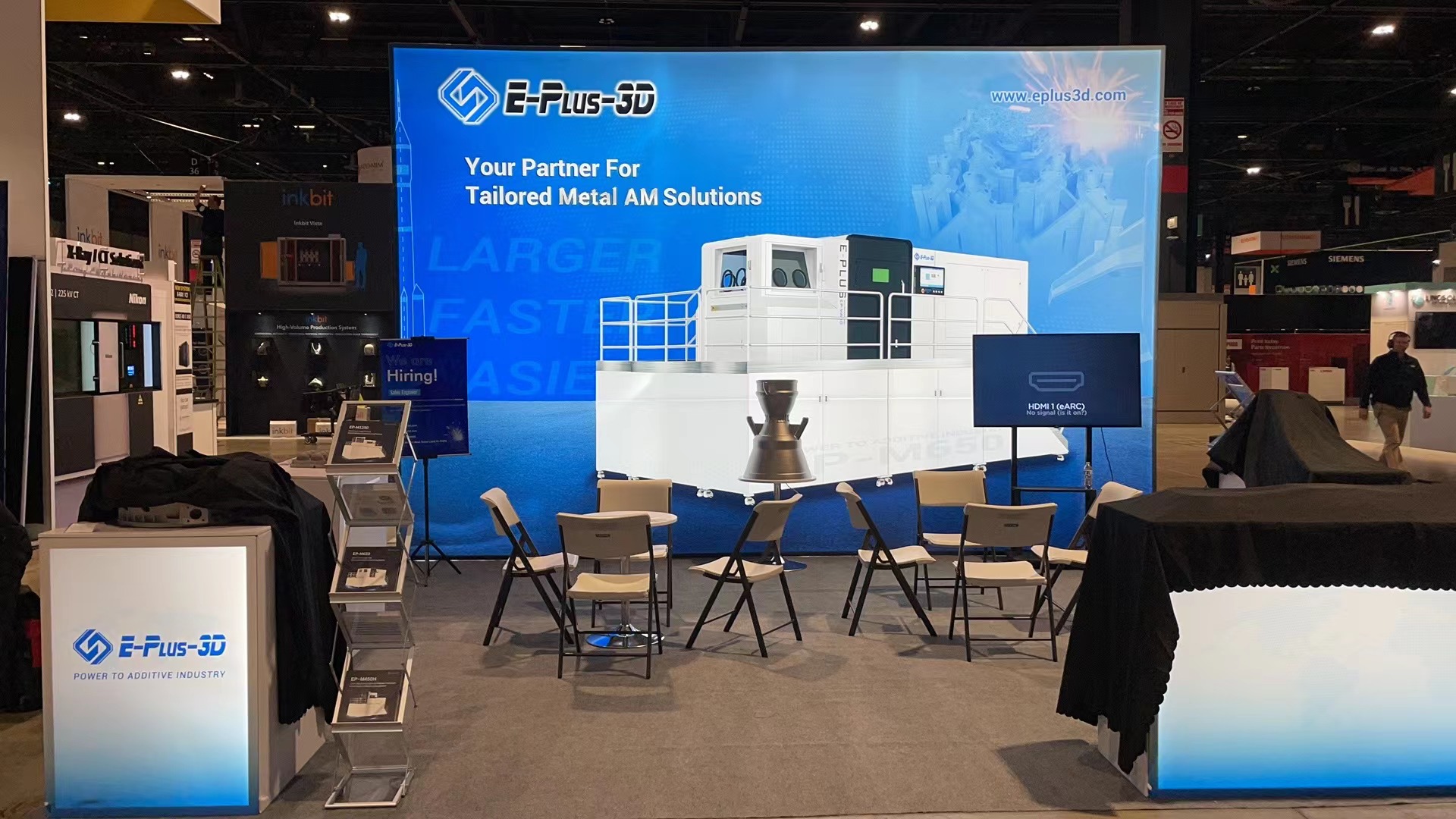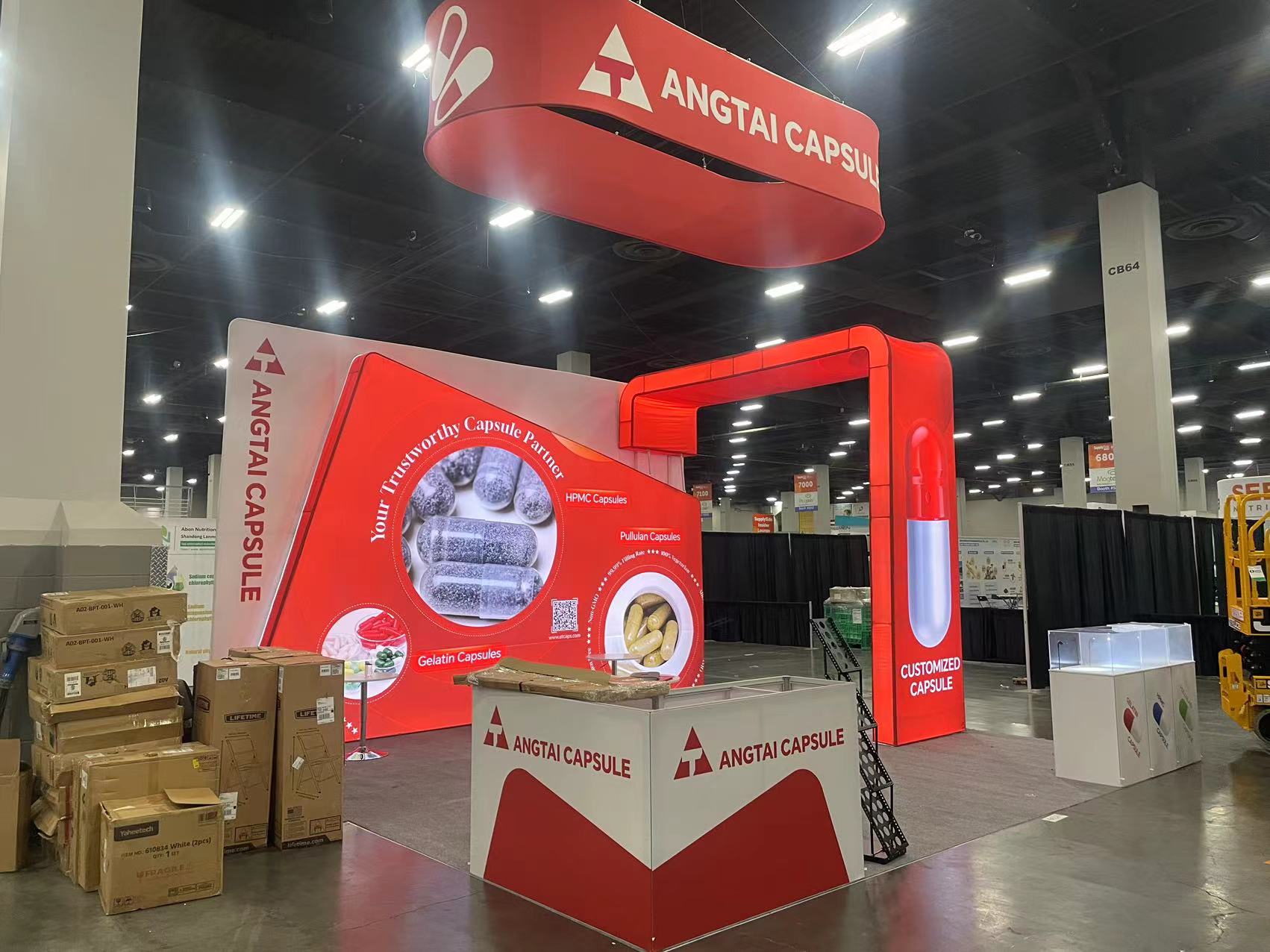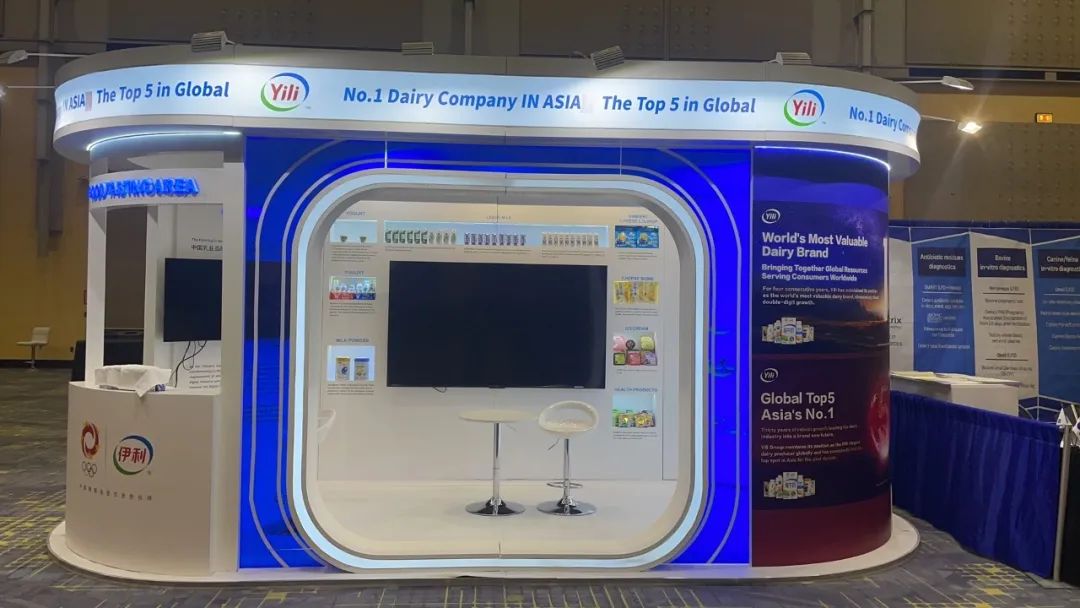Hidden Costs of Exhibition Booth Construction in Canada: A 2025 Guide
Exhibiting at trade shows in Canada offers immense opportunities for global brands, but navigating hidden costs in booth construction can be challenging. Beyond design and labor expenses, unexpected expenditures often lurk in logistics, compliance, and operational inefficiencies. Here’s a breakdown of the most overlooked costs and strategies to mitigate them in 2025.

1. Logistical Complexities: The Weight of Transportation
Canadian venues often charge by weight for materials, averaging 2–3perpound[9](@ref).Forastandard20’×20’boothusingtraditionalmaterials(e.g.,steelandwood),transportationalonecanexceed16,000. Overweight penalties add further strain—Vancouver ports impose a 20% surcharge for exceeding container limits.
Solution: Opt for lightweight modular systems (e.g., aluminum frames) to reduce weight by 30–40%. Reusable materials like recycled plastics or bamboo composites also cut costs while aligning with Canada’s strict sustainability regulations.
2. Storage and Customs: Hidden Fees in the Supply Chain
Storage: Daily warehouse fees near venues range from 5–8/m
2
,costing100–160/day for a 20’ booth.
Customs: Non-compliant materials or incomplete documentation can trigger fines of $2,000–5,000 CAD. Delays due to customs inspections risk missing setup deadlines.
Solution: Use overseas warehouses in Toronto or Vancouver to store reusable components, achieving 80% reuse across multiple events. Pre-certify materials for carbon emissions (mandatory under Canada’s 50kg/m² limit).
3. Labor and Time: The union Factor
Unionized labor in Canada demands 30–40CAD/hour∗∗,withovertimeat1.5×rates[9](@ref).Delaysfrominefficientworkflowsorlast−minutechangescaninflatelaborcosts—e.g.,aHamilton−basedfirmlost12,000 due to a two-day delay.
Solution: Partner with local integrated contractors** offering design-to-logistics services, improving communication efficiency by 60%.
4. Venue-Specific Surcharges
Power Access: Electrical outlets cost ~$2,000 CAD per socket.
Waste Disposal: Post-show cleanup fees start at $500 CAD.
Solution: Plan energy-efficient layouts (e.g., LED lighting) and minimize disposable elements.
5. Compliance and Penalties
Canada’s evolving regulations, like the Pacific Gateway 2.0 Initiative (2025), prioritize port efficiency but require strict adherence to safety and environmental standards. Non-compliance risks fines or booth shutdowns.
Solution: Leverage digital tools (e.g., ERP systems) to automate GST/HST calculations and ensure real-time customs compliance.
Strategic Cost Control for 2025
Multi-Modal Transport: Combine sea freight for heavy components and air shipping for critical items to reduce costs by 25%.
Data-Driven Iteration: Track logistics metrics (e.g., damage rates) to refine booth designs. One consumer brand boosted ROI by 27% after three iterations.
Understanding hidden costs transforms logistical challenges into competitive advantages. By adopting lightweight materials, optimizing supply chains, and leveraging Canada’s infrastructure upgrades, exhibitors can turn cost-saving strategies into brand-building opportunities. In 2025, smart planning isn’t just about budgets—it’s about redefining global visibility.




